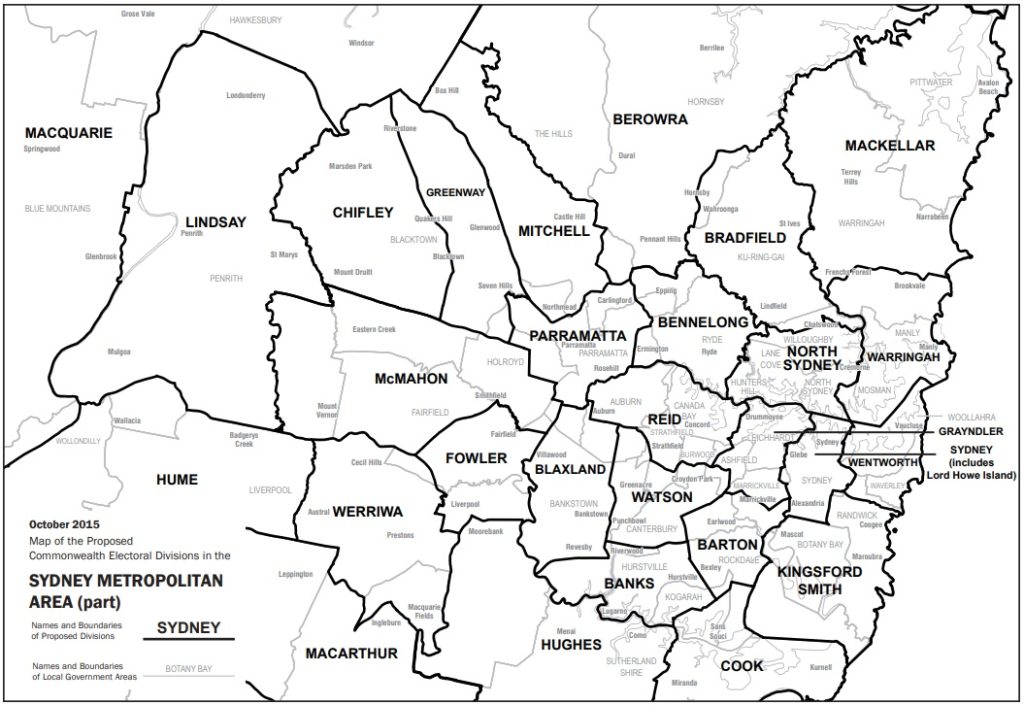Is Sydney, Australia overpopulated?.
Some people complain that Sydney is overpopulated, but others say that it isn’t.
So, which group is right?
The answer comes down to which part of Sydney you are talking about, or living in.
Potts Point, Ultimo and Chippendale, all suburbs of Sydney, are estimated to have a population density of over 15,000 people per sq km in 2019.
Sydney itself is a massive area, covering 12,367 sq km, with a population of 5,230,330 and an overall density of 423 people per sq km (1,100 people per sq mile) at 2016.
The City of Sydney however, with an area of 25 sq km, and a population of 240,229, has a density of 8,330 people per sq km (8,330 people per sq mile).
-
- Potts Point with 9,423 (2016) has a density of 13,500 people per sq km (34,900 people per sq mile).
- Ultimo with 8,845 (2016) has a density of 14,700 people per sq km (38,000 people per sq mile).
- Chippendale with 8,617 (2016) has a density of 12,300 people per sq km (31,900 people per sq mile).
Compare to Other Cities:
-
- London Metropolitan: 5,666 people per sq km (14,670 people per sq mile).
- Stoke Newington, London: 15,097 people per sq km
- New York: Density 10,715 people per sq km (27,751 people per sq mile).
- Manhattan, New York: Density 28,154.0 people per sq km (72,918.4 people per sq mile).
Some parts of Sydney however, are at the other extreme, with Ku-Ring-Gai Chase as one example, having a population density of less than one person per sq km.
Or Eastern Creek with 40 people per sq km. But that is a 50km trip, with travel times reaching 2 hours, to reach the City of Sydney.
Sydney is definitely overpopulated, when compared to some areas, but not, when compared to others.
This example can show how some parts of Sydney are equal to London, but lower than New York.
-
- Ultimo, Sydney with a density of 14,700 people per sq km
- Stoke Newington, London with a density of 15,097 people per sq km
- Manhattan, New York: with a density of 28,154.0 people per sq km
My personal experience is that Sydney City is now very crowded, much more than it was fifteen years ago.

